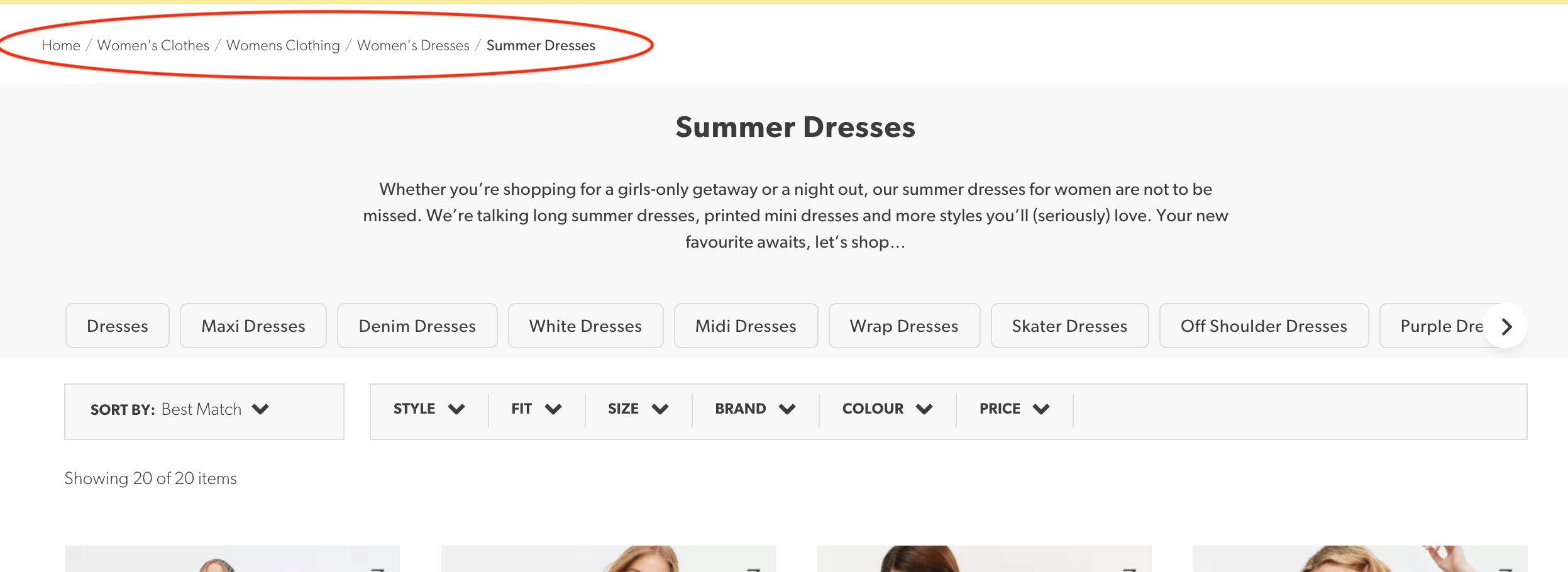Getting your site structure right is essential for search engines to be able to understand your domain. When your site is crawled, if it has a site structure that makes sense, it will perform better in search engine results pages (SERPs). However, there’s a little more to it than simply categorising your pages. Here’s our best practice guide to creating a site structure that will enhance your SEO.
What is site structure?
Site structure is how your website’s content is organised. Your site structure, therefore, groups together content in a way that people and crawlers can understand.
Without an SEO-friendly site structure, your website will fail to perform well in search. It can be handy to think of site structure as the foundations of your website. Without the proper support, you will struggle to see your metrics increase. You may have also heard site structure be referred to as site architecture.
First steps when creating a site structure
Where do you start when creating an SEO friendly site structure?
Here are a few essentials that we think you should initially look into:
Categorisation
URL structures
Internal Linking
Breadcrumbs
Why you need categories on your site
Whilst we agree that categories on your site makes it easier for bots to understand, it does the same for humans too. You need to consider both bots and humans when creating your structure. Your site might hit every technical mark but if it isn’t user-friendly, people are going to drop off.
By adding categories to your site, you make the shopping and learning experience for users much easier. If they can understand your site, they are more likely to engage with your products and/or services.
It’s also important to make sure you don’t have any hidden pages. For example, your about us, contact us and privacy policy pages should be easily accessible in footers across the whole site. This, of course, is great from an SEO point of view but also helps consumers to delve a little more into your brand which makes you more trustworthy.
What is a good URL structure?
A good URL structure should be simple and clear. This way, they are easier to understand and search engines can index these pages more quickly. Here are some things to keep in mind when building URL structures:
For content, use logical categories and subcategories
URL’s should be short, 128 characters at most
Join words with hyphens as opposed to spaces or other symbols
Use lowercase by default
Why you need internal links
Internal links are an important aspect of SEO. If you just create pages upon pages on your site, search engines won’t understand how they all relate to each other. You might be categorising them, but that’s just the beginning.
When producing content on your site, you must be including internal links within every piece. This makes search engine’s jobs much easier as you are telling them how this new piece of content fits in with something you’ve already got on the site, which builds a profile for your domain.
By internally linking within your content, you also boost your chances of it appearing in search engines as bots only crawl pages they know exist.
What is SEO breadcrumbing?
SEO breadcrumbing is the term used to refer to the text paths on your pages. For example, home > women’s > dresses > summer dresses. On your site, these will usually appear at the top of the search. These are all links that will take the user back to any page within that journey.
Using the example above, rather than navigating back to the homepage and starting again, they simply click on the dresses link as part of the text path.
SEO breadcrumbing is not only perfect for user experience but also for search engine performance too. By having these text paths, when someone searches for ‘summer dresses’, they will see a preview of your category page which will give them a snapshot of your site.

For further SEO advice, BOSCO™ can help you to find out where you are missing keyword opportunities that can help increase revenue. Or, book a demo to find out how our Connect platform can help your business.




